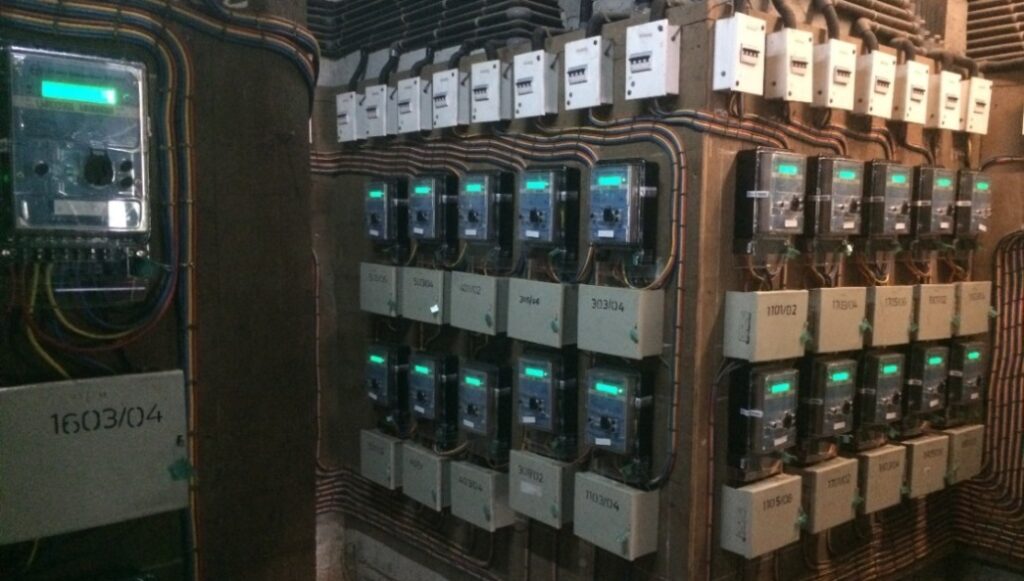Tata Power is expecting the verdict from Appellate Tribunal for Electricity (APTEL) on the disputed tariff order, by the first week of July 2023.
In a media conference in Mumbai, Nilesh Kane, Chief – Mumbai Distribution, Tata Power, said that the tariff order for FY24 issued by Maharashtra Electricity Regulatory Commission (MERC), and which has been challenged by Tata Power in APTEL, will move towards resolution by the first week of July 2023 when APTEL pronounces its verdict on the matter.
Giving a background on the MERC order, Nilesh Kane said that the tariff order for FY24 issued by MERC has set Tata Power’s tariffs in the Mumbai distribution area – across most categories – higher than its competitor, Adani Electricity Mumbai Ltd (AEML).
This has been the case despite the fact that Tata Power’s average cost of supply (ACS) is in fact lower than that of AEML. Apart from this, there have been some anomalies and calculation mistakes in the MERC order that Tata Power is addressing in its petition to APTEL.
Explaining the issue in some detail, Sanjay Banga, President – T&D, Tata Power said that ACS is derived by dividing the total power cost by the number of electricity units sold. The total power cost, in turn, is the sum of the total power purchase cost and the O&M cost.
In the MERC order, as Banga further elaborated, tariff has been kept too low in some categories and unduly high in some others. This is being challenged by Tata Power as its ACS is more or less the same, or in fact lower, than that of AEML. This apart, Tata Power has also pointed out some anomalies in tariff-calculation methodology and some calculation errors in the MERC tariff order.
Giving the detailed picture, Nilesh Kane observed that out of the 22 tariff categories of Tata Power’s Mumbai distribution business (referred to as TPC-D), tariff is lower than that of AEML in just three tariff categories. Two of these three categories are of the “low consumption” type. However, tariff has been set significantly higher in the case of C&I (commercial & industrial) consumers, which account for the bulk of the revenues from the electricity business.
Also read: Tata Power Joins Hands With Enel Group For Grid Digitization
It should be noted that APTEL is not the authority to fix tariffs; this is in the purview of MERC. What can be expected is that APTEL in its judgement advises MERC to determine the tariff reflecting the average cost of supply.
Impact of tariff order
Nilesh Kane highlighted that despite the tariff order that took effect on April 1, 2023, C&I consumers have desisted from switching over to the competing distribution utility. Except for one industrial consumer in the SEEPZ area, Tata Power consumers have stayed put with their existing supplier and are awaiting the outcome of the APTEL verdict.
On its part, Tata Power is cooperating with some large C&I consumers to bring down their power purchase cost, Kane said, adding that arranging for cheaper electricity through the Open Access (OA) is seen as one of the cost-reduction options.
TPC-D has around 7.5 lakh consumers that includes 5.5 lakh “changeover” consumers and around 2 lakh “direct” consumers. A changeover customer is one that is on the network of AEML but serviced by TPC-D and a direct consumer is serviced by TPC-D and is on Tata Power’s distribution network.

